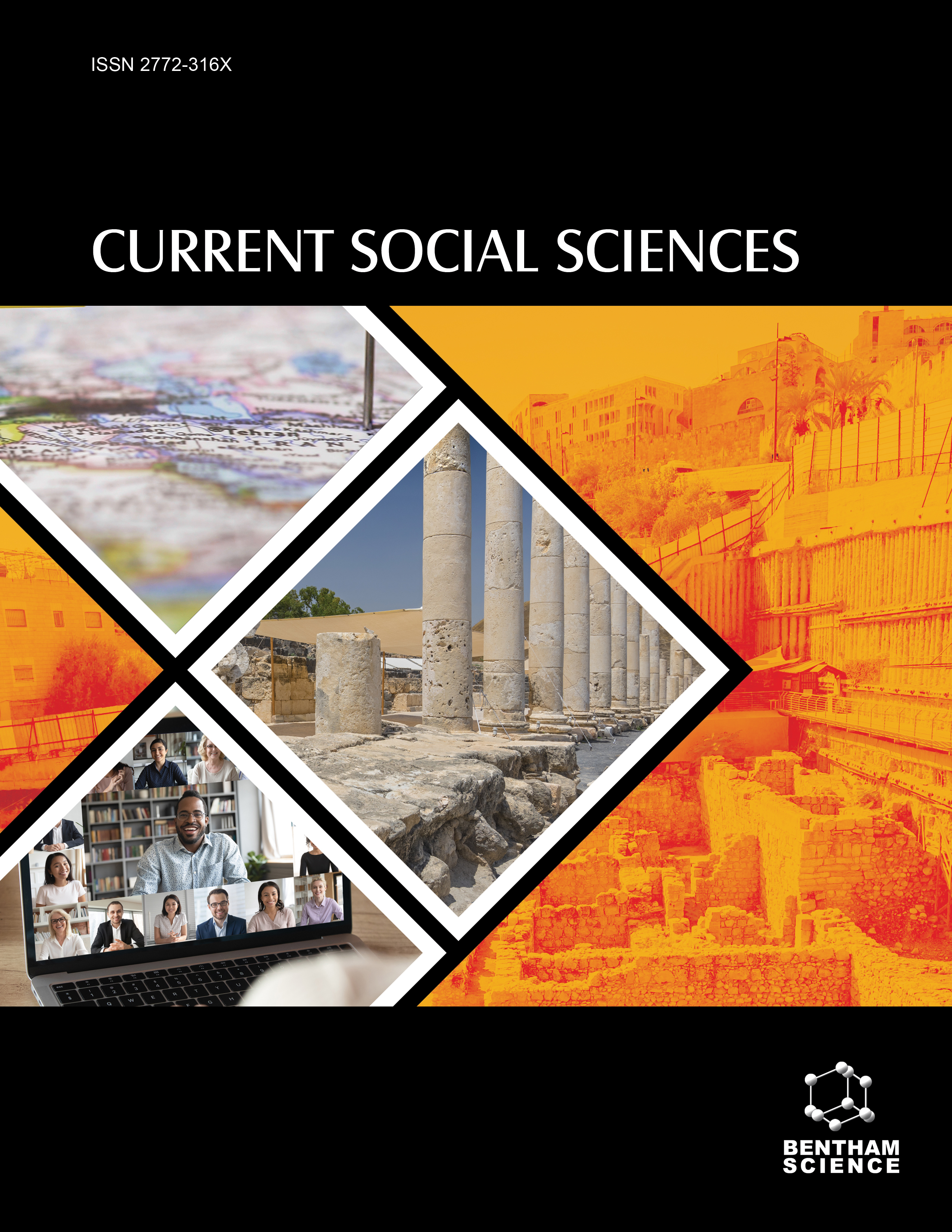
Full text loading...
We use cookies to track usage and preferences.I Understand
Building trust in a product, brand, or company is an important part of forming a relationship between a company and consumers. One of the key factors influencing consumer trust is two-way communication. Advertising, as a powerful communication tool capable of attracting attention and evoking emotions, plays a pivotal role in this process. Its characteristic feature is a dynamic increase in importance; in Poland, it currently holds the first place in terms of advertising expenditures. Due to this growth, understanding the perception and effectiveness of online advertising becomes crucial in building trust with consumers.
The study examines opinions concerning internet advertising and trust regarding its content. It explores attitudes, evaluation, purchase motivation, actual purchases made under the influence of online advertising, as well as consumers’ negative opinions about it.
The discussion is based on a 2020 survey conducted among Polish internet users concerning the perception of online advertising and related negative associations. The survey included 402 respondents, selected using the CAWI method, with a quota sample differentiated by gender, age, and place of residence.
The results revealed relatively low trust and effectiveness levels regarding online advertising, with no variation based on respondents' demographic characteristics. Most respondents (more than half of the respondents) indicated the excessive number of online advertisements, limited enthusiasm for advertisements, and low level of purchase incentive or actual motivation (rates below 10%), and strongly agreed with negative statements about online advertising.
The findings confirm the thesis of a general perception of online advertising as a threat to conscious consumption.

Article metrics loading...

Full text loading...
References


Data & Media loading...

